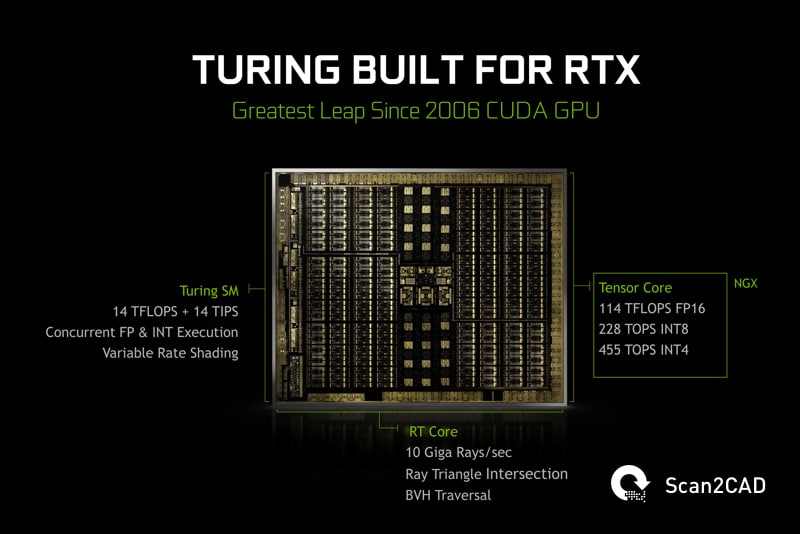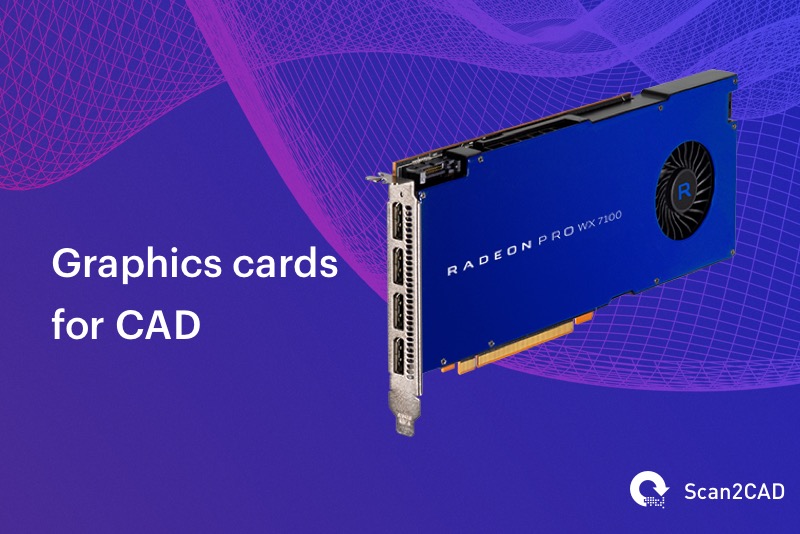My, how time flies! This is already the third roundup of all things design and engineering for this year, and we have a lot to share with you from the stories we followed this March. From the design announcement of the Tesla Model Y, to the unveiling of Nvidia’s all-new Turing GPUs for CAD, plus how photogrammetry and CNC milling is being used for rebuilding ancient architecture.
Additionally, we also covered Autodesk’s Chicago design field laboratory, the Mixed-Reality App from Bentley Systems for Infrastructure Construction projects using Microsoft HoloLens 2, AMD the designs for Sidewalk Labs’ Toronto location.
Let’s dive right into it!
The Tesla Model Y has arrived and features stunning product design

The Tesla Model Y Interior (Source)
Midway into March, Tesla Motors unveiled their product designs of the Model Y. The announcement was made at a party held March 14 at the Tesla design studio in Hawthorne, California. Tesla’s new crossover comes at a much-needed time for Tesla CEO Elon Musk, who is facing some legal troubles with the U.S. Securities and Exchange Commission regarding his controversial tweets.
The Model Y is Tesla’s answer to the increasingly crowded crossover segment, with the new vehicle being a smaller version of the Model X SUV and with the same platform as the Model 3 sedan. Sporting a fastback profile that resembles the Model X, the Model Y does not feature Falcon Wing doors which are complicated and costly to manufacture. The Model Y will be available in rear-wheel drive form, with a Long Range version and all-wheel drive variants coming by the fall of 2020.
Watch the highlights of the Model Y announcement here:
Nvidia showcases its new Turing GPU’s for CAD use in VR
At the recently held SolidWorks World 2019, Nvidia wowed users with its Turing RTx 4000 graphics board. The company’s own research has shown that majority of SolidWorks users are still using the Maxwell generation of graphics boards, which are slower in performance and hardware acceleration compared to the Turing boards. According to Nvidia, the Turing boards boost performance between 5-7 times faster.

A promo slide touting the technical specs of the Nvidia Turing. (Source)
Turing-powered graphics cards from Nvidia include the GeForce RTX 2080 Ti, RTX 2080, RTX 2070, and RTX 2060, as well as the Nvidia Titan RTX. Turing graphics cards boast of real-time ray tracing which renders realistic visuals and lighting in a 3D environment at a rate of up to 10 GigaRays. The RTX cores allow Turing-based graphics cards to process ray tracing technology at up to 25 times faster speeds than Pascal. Turing architecture also boasts of Tensor Cores which allow artificial intelligence and neural networking for better rendering. This feature was only exclusive to supercomputers in the past.
How CNC milling and photogrammetry are helping rebuild lost ancient architecture
A groundbreaking project named the Million Image Database is making it possible to map and preserve monuments and other artifacts of shared human history through 3D printing, CNC milling, and photogrammetry. This collective partnership between the Museum of the Future Foundation in Dubai, the Institute for Digital Archaeology, and UNESCO utilizes 3D printing to restore monuments and artifacts from the past, making it possible for current generations to bask in their beauty and significance.
According to His Excellency Mohammed Abdullah Al Gergawi, the Minister of Cabinet Affairs and the Future of Dubai UAE, and the Managing Director of the Dubai Museum of the Future Foundation, said, “We’re delighted to be able to bring together so many people from around the world to collaborate on this important project of historical restoration and preservation. As a result, some of the ancient world’s most remarkable achievements can not only be kept for future generations to enjoy, but thanks to 3D printing technology, can be rebuilt anywhere in the world for all of humanity to enjoy.”
He added, “This partnership between Dubai’s Museum of the Future Foundation, The Institute for Digital Archaeology and UNESCO is extending the boundaries of what we can achieve using the remarkable potential of 3D printing but is also an important example of how we can work together to make a positive contribution to preserving and sharing monuments and artifacts which represent our collective past and cement our future.”
One of the foremost projects of the Million Image Database is the scale reproduction of the 2000-year-old Triumphal Arch from Syria’s Palmyra Site. The Arch was destroyed in 2018 during the Syrian conflict. Using cutting-edge 3D technology, the reconstructed arch will be displayed in Trafalgar Square by April 18.
More picks from this month
Let’s end with some some of favourite finds from the world of design and engineering this month:
- Autodesk announces its generative design field lab in Chicago . The company partnered with the Digital Manufacturing and Design Innovation Institute (DMDII) in opening the 100,000-square-foot innovation center.
- Bentley Systems Introduces Mixed Reality App for Infrastructure Construction Projects Using Microsoft HoloLens 2. The app allows users to interact collaboratively with digital construction models using intuitive gestures to plan, visualize, and experience construction sequencing.
- Snøhetta and Heatherwick Studio unveil designs for Sidewalk Labs’ Toronto neighborhood.



